Description
Introducing the Cinnamon tree, a bushy evergreen plant used for enhancing gardens through its aromatic foliage, attractive bark, and widely cultivated for its sweet spice.
With bright pink new growth, glossy leaves, and a bushy stance, it infuses a tropical rainforest vibe in your garden. While these trees tend to grow slowly, it’s always fun to embed one of these in your lawn.
You can enjoy your harvest of enigmatic spice, plus maintain a green, lush environment with its evergreen foliage.
Curious to know how does cinnamon grow, and what makes this plant a botanical wonder? Delve into this article to explore this tree in detail.
Taxonomic Overview of the Cinnamon Trees
Also known as the True cinnamon tree, Ceylon cinnamon plant, or Cinnamomum verum, is an evergreen perennial tree native to Sri Lanka, India, and Myanmar. It is also widely cultivated in South America and the West Indies.
To appreciate this multifaceted, rewarding plant, it is important to understand its botanical background and plant profile.
| Taxonomic Outline of Cinnamon Tree | |
| Botanical Name | Cinnamomum zeylanicum |
| Plant Type | Perennial evergreen tree or shrub |
| Kingdom | Plantae |
| Clade | Angiosperms |
| Clade | Laurales |
| Clade | Tracheophytes |
| Order | Magnoliids |
| Family | Lauraceae |
| Genus | Cinnamomum |
| Species | C. zeylanicum |
If you are wondering what tree does cinnamon come from, the classic spice is derived from the Ceylon Cinnamon tree bark, whereas the other species of Cinnamomum also produce cinnamon, but it is referred to with different names.
Four Varieties of Cinnamon Tree For Sale
There are usually four main varieties of Cinnamon trees, each having its unique flavour, profile, and constituents. Take a look at the varieties and their names.
- Cinnamomum verum: Also known as Ceylon or True Cinnamon, it’s widely popular for its sweet, delicate, and superior flavour.
- Cinnamomum cassia: Known as Chinese cassia, it is the most sold cinnamon in North America and is popular for its strong and slightly spicy flavor.
- Cinnamomum loureiroi: Commonly known as Saigon or Vietnamese Cinnamon, it is popular for its bold and intense flavour.
- Cinnamomum burmannii: Popularly called Korintje Cinnamon, it is celebrated for its milder and subtle flavour, used in everyday cooking.
Each variety has its distinct flavour and is used worldwide in desserts, baking, beverages, and medicines.
Notable Features and Benefits of the Cinnamon Plant
Take a look at a few widespread uses of these botanical marvels.
- These trees are evergreen perennials, large and impressive, and retain their leaves throughout the year, enhancing the garden’s appeal.
- It features dramatic oval-shaped foliage, which remains reddish when young and changes to glossy green on maturity. Plus, they release a sweet aroma when crushed, and are used to make essential oils and infusions.
- Cinnamomum trees bear small pale yellow flowers which bloom from late spring to early summer, followed by clusters of fruits, which are not edible for humans, but free for birds to enjoy.
- The nectar-rich flowers and fruit clusters attract various pollinators to the garden, thus promoting biodiversity.
- Rich in antioxidants and anti-inflammatory properties, it consists of multiple health benefits like controlling blood sugar, improving heart health, protecting brain cells, and ensuring good digestion and immunity.
- Widely used in culinary uses, like desserts, beverages, oil, bread, butter, and more.
- The aroma is used in making fragrances and several DIY and beauty products.
Undoubtedly, it’s one of the most versatile and rewarding plants by mother nature.
Guidelines for Caring and Growing Cinnamon
Although not overly demanding, these plants require a certain set of conditions and care to thrive. Here’s how to proceed with Cinnamon tree care.
| Hardiness | 10-12 USDA |
| Light | It flourishes under full sunlight of about 6-8 hours a day. |
| Water | Water regularly during the establishment phase; mature trees are drought-tolerant, but ensure the soil doesn’t dry out completely. |
| Soil | Well-draining sandy or loamy soil with a slightly acidic pH value of 5.5-6.5. |
| Fertilizer | Use balanced fertilizers rich in potassium and nitrogen around 2 -3 times a year. |
| Pruning | Regular pruning benefits dense and new shoot growth. Remove deadheads and thin inner branches for improved air circulation. |
| Growth Rate | Slow to moderate |
| Bloom Time | Spring and summer |
| Mature Size | 30–50 feet tall and 20–40 feet wide |
| Spacing | 8–13 feet apart |
| Pests & Diseases | Aphids, scales, bugs, caterpillars, mites, leaf spots, and root rots.
Fix: Copper-based fungicides & insecticides. |
If you are thinking, how do you grow cinnamon without any fuss, do not worry, you can easily propagate it through stem cuttings and cinnamon seeds.
When and How to Harvest Cinnamon Plants?
Cinnamon is usually harvested after 2-3 years of growth, once the stems are mature. It is derived from the inner bark of the young stems.
- Choose mature stems of about 0.5-1 inch thick and 5 feet tall with dark brown bark.
- Cut the selected shoots to the base of the plant.
- Scrap off the outer bark to reveal the inner bark.
- Peel the fragrant, long strips of inner bark.
- Dry the peeled strips under airy, shaded spots for about a week, until they are ready to be used as powders and rolls.
With these steps, you can enjoy fresh, organically grown cinnamon in your home directly from your gardens.
User Reviews & Ratings
Reviews: One of my favourite things about my Ceylon tree is that the new leaves start with a beautiful reddish color before turning green.
Ratings: ⭐⭐⭐⭐⭐
Reviews: The bark of my C. Zeylanicum tree had dried beautifully into sticks.
Ratings: ⭐⭐⭐⭐⭐
Reviews: I planted this Cinnamomum tree from seeds, and it’s growing beautifully, taking its own time.
Ratings: ⭐⭐⭐⭐⭐
Reviews: My Ceylon Cinnamomum tree has been growing for years now, and the fresh harvest is so fragrant and flavorful.
Ratings: ⭐⭐⭐⭐⭐
Can C. zeylanicum trees grow in the US?
Yes, these can flourish in warm and frost-free regions of the US, like Southern Florida and Texas, Hawaii, and Puerto Rico.
What is the price of True Cinnamomum per kg?
The price of these fragrant spices is somewhere between US$6.62 and US$6.73 per kg.
When can you harvest the inner bark of Cinnamomum?
You can usually harvest after 2–3 years when the stems are mature.
Where is Cinnamon grown?
It is grown in warm, humid, and tropical to subtropical climates with temperatures between 20 °C and 30 °C.
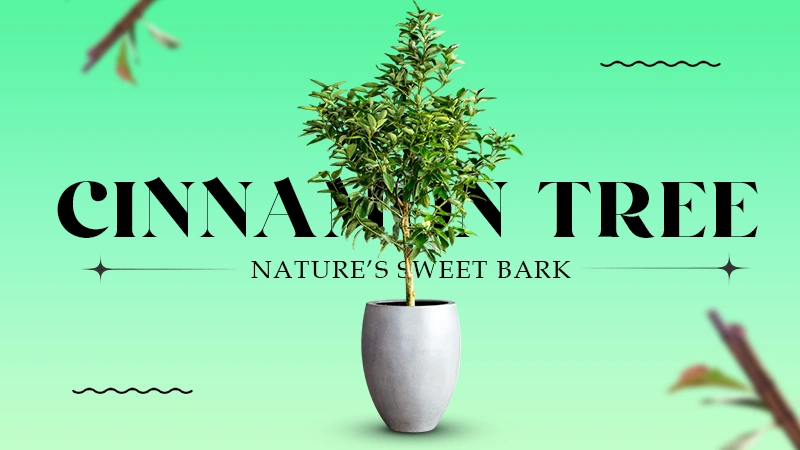
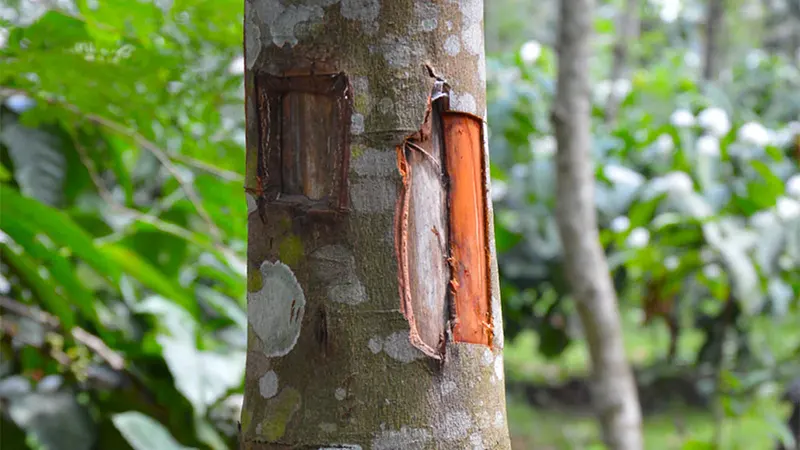
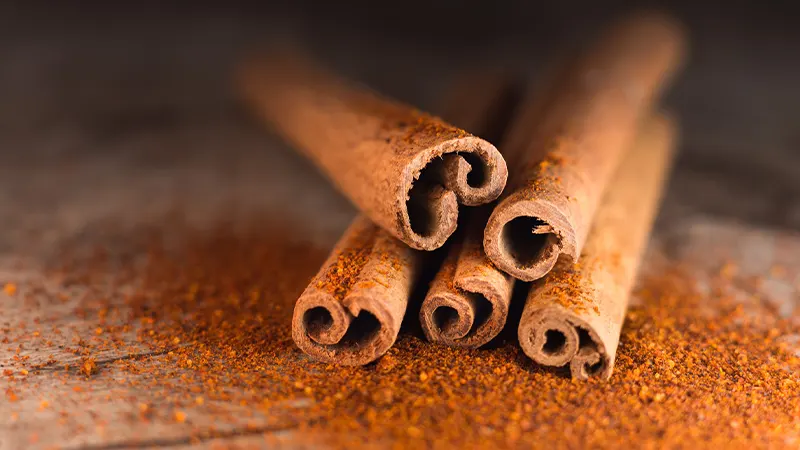
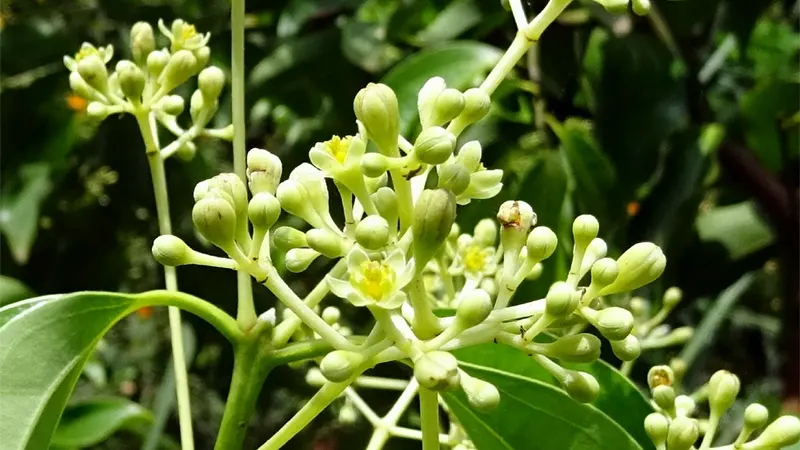
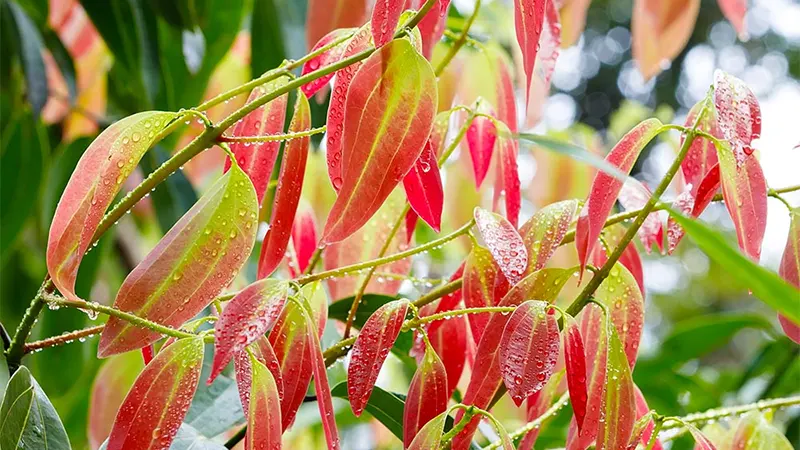
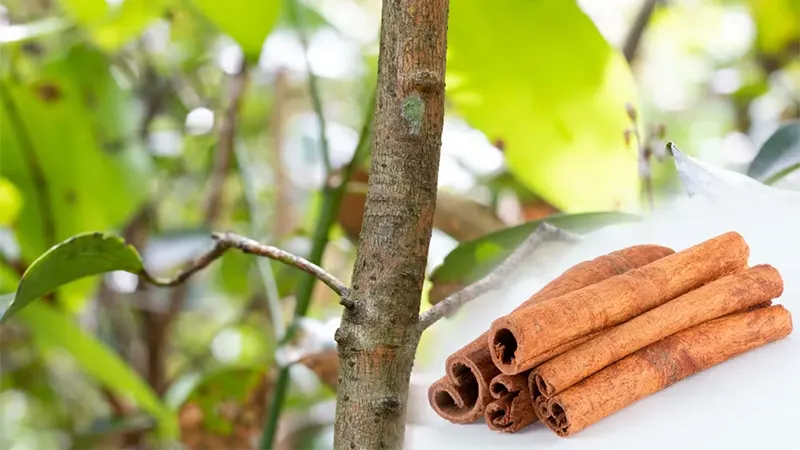
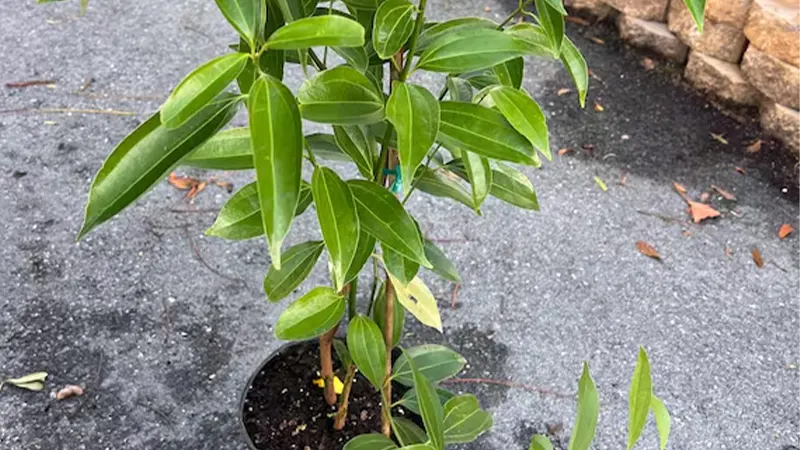
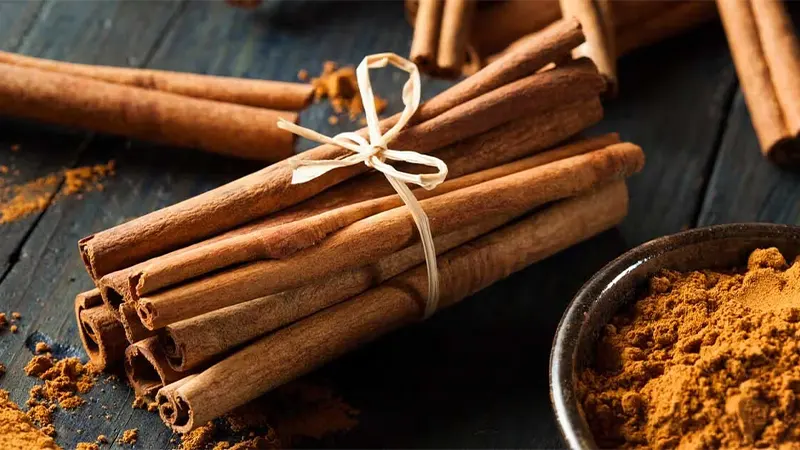



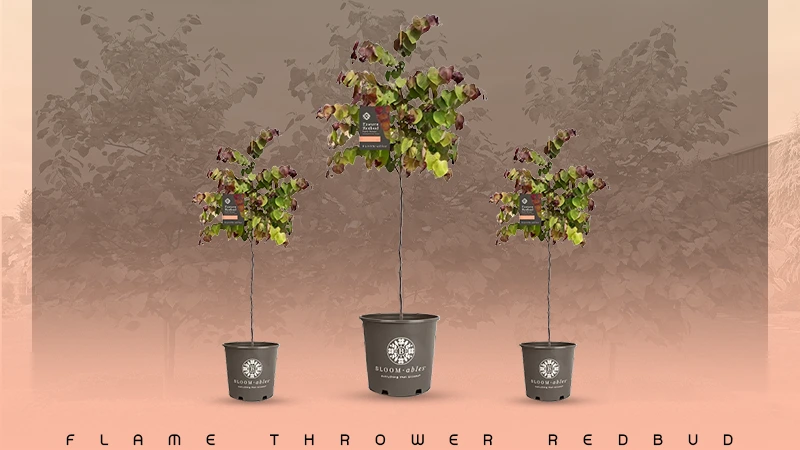
Reviews
There are no reviews yet.